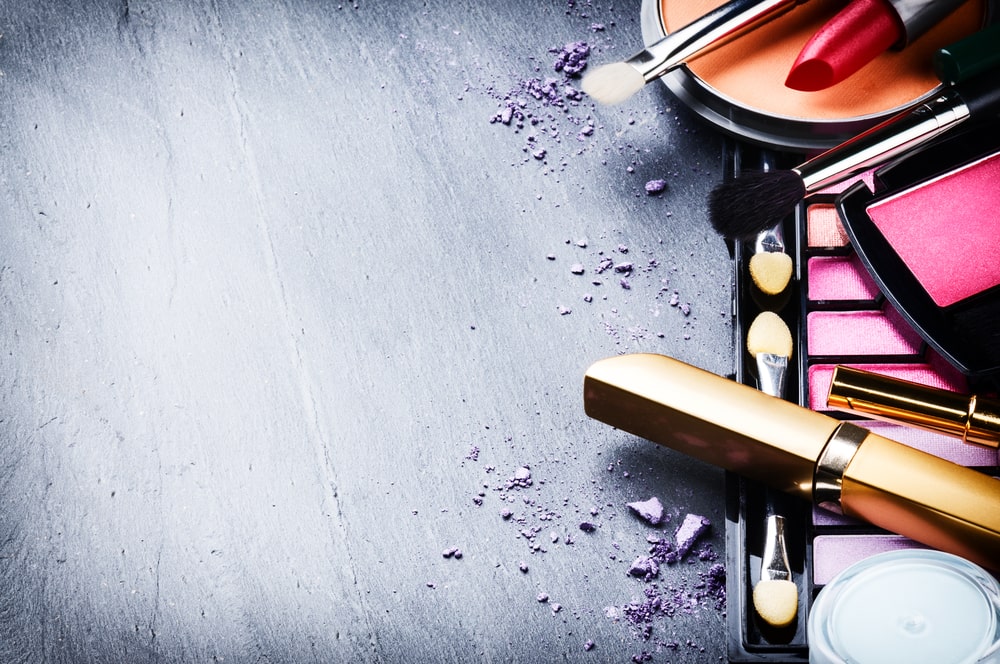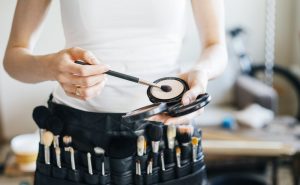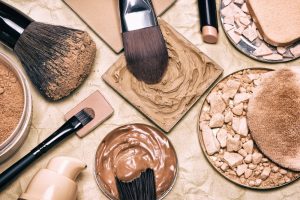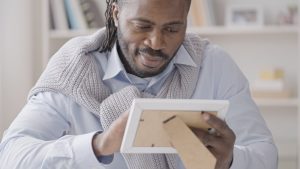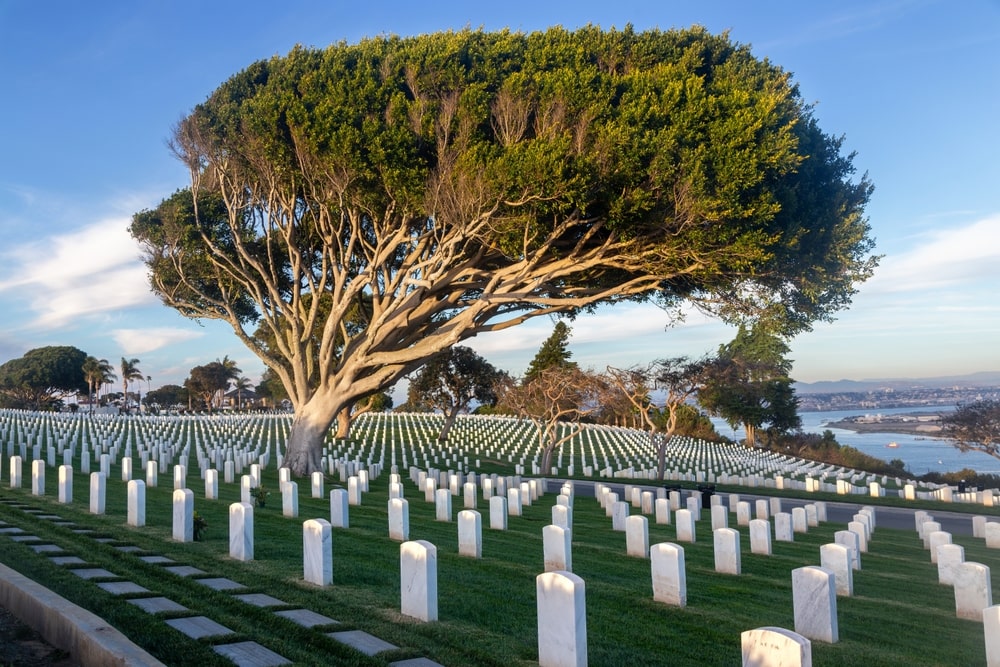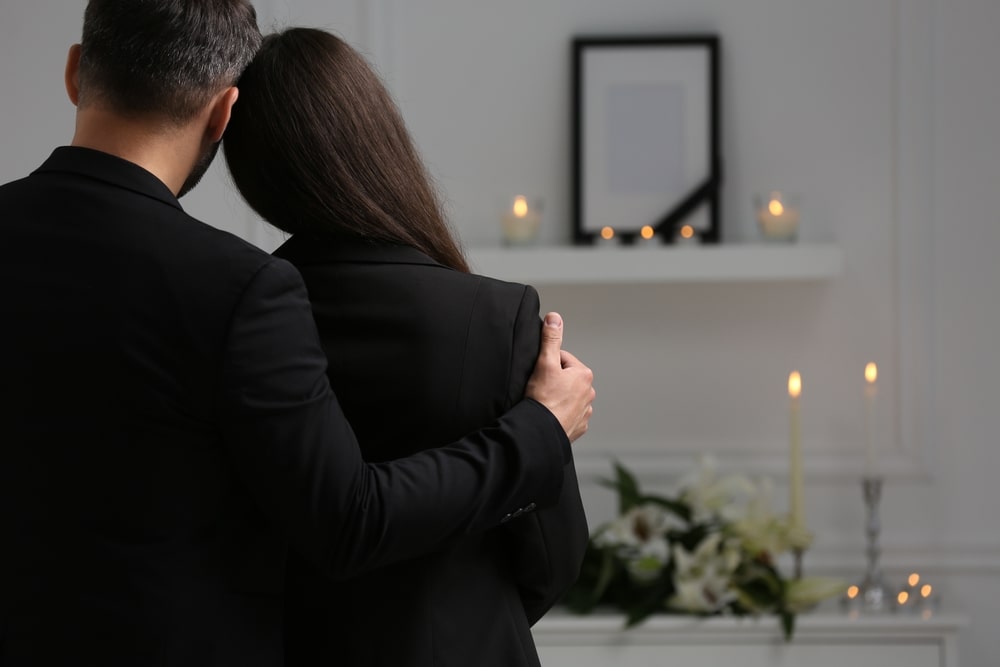The loss of a loved one raises many questions, including what happens to a loved one’s body after it is transferred to the funeral home. You may be wondering how a body is prepared for the funeral and if you even need to have a viewing or an open casket service. Many families think that a viewing won’t be beneficial, but according to renowned author and grief expert Dr. Alan Wolfelt, the viewing can be one of the most healing aspects of a funeral.
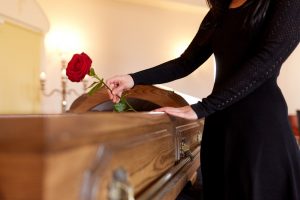
When planning a funeral, Dr. Wolfelt suggests:
“When possible (and culturally appropriate), I always encourage families to spend time with the body of the person who died. Your family can have a private visitation only, or you can also have a public visitation, which gives community members the same chance to gather around the person who died. Over and over again families have told me that spending time with the body helped them come to terms with the death and begin to make the transition from life before the death to life after the death. Although it can be painful at first, time spent with the body is usually extremely healing in the long run.”
To answer any lingering questions you may have, let’s discuss what happens behind the scenes during the preparation process. That way, you can choose the best possible option for your family and your journey toward healing.
What are the benefits of viewing the body?
To answer this question, let’s look to Dr. Wolfelt for guidance. Based on his years of experience walking alongside grieving families, he has found that a viewing can help mourners:
- Acknowledge the reality of the death (first step to healing)
- Face their pain head-on, rather than bottling it up
- Say their final goodbyes in person
For those who don’t live near the deceased, it can be especially important to physically see them one last time. If you have loved ones who live far away, ask them if they want to see a deceased loved one physically before burial or cremation takes place. For some, that final moment together is critically important to the healing process.
Why do we need to prepare the body for viewing?
The purpose of a viewing is to allow friends and family members to pay their respects and say goodbye in person. In a recent survey on funeral preferences, 34% of people indicated it was important to physically see the deceased and a full 60% saw the practice as acceptable. But for the viewing to have the best possible impact, the body should be prepared ahead of time, ensuring the deceased person looks as much like themselves as possible. Depending on the family’s wishes, this preparation often includes embalming, cleaning and dressing of the body, and cosmetology.
Who prepares the body?
More than likely, at least two people will prepare the body for viewing. The embalming process must be completed by a certified embalmer. If restorative arts are needed, which may be necessary with facial injuries, the embalmer will use wax, plaster, and other materials to restore the body as much as possible. Afterward, the body will be dressed in clothing selected by the family.
Finally, the mortuary cosmetologist will complete the preparation process by adding makeup, styling the hair, and even completing a manicure. A cosmetologist must be licensed to provide cosmetic services to the dead, and most cosmetology schools include courses on mortuary cosmetology. In the absence of a cosmetologist, the embalmer will take on the role and apply cosmetics to the deceased.
What’s the difference between cosmetology and restorative arts?
Both cosmetology and restorative arts produce a pleasing visual representation by recreating a lifelike appearance. However, “restorative arts” refers to the reconstruction of the body due to significant trauma, such as a car wreck. On the other hand, “cosmetology” refers to the hairstyle and makeup used to emulate the person’s appearance. This would include brightening the face, matching skin tone, styling the hair, caring for the nails, and so on. The two practices work hand in hand to ensure the deceased person’s essence is captured as closely as possible.
What does the family provide to help with the preparation process?
In order for a loved one to look as lifelike as possible, the embalmer and mortuary cosmetologist rely on the surviving family for help. The family will select clothing for the deceased, including any jewelry or special items. The family will also supply a reference photo that the cosmetologist can use to match the deceased’s makeup and hairstyle as closely as possible.
If there are any specific cosmetic requests, such as the use of a distinctive shade of lipstick or nail polish, the family can drop these items off at the funeral home. The cosmetologist will then use these items to add an even more personalized touch. Often, it’s the small details that make a loved one’s appearance feel that much more genuine to those who are mourning.
Won’t seeing the body negatively affect my good memories of my loved one?
In the vast majority of cases, seeing a loved one’s deceased body is not going to affect or take away the quality of your precious memories. For many, having time to sit quietly and privately with a loved one is the most meaningful part of the funeral. Yes, it’s going to be painful. It may feel uncomfortable. But to heal, it’s necessary to embrace the discomfort and the pain, so you can figure out how to move forward without that special person.
A quick note: There will always be cases where a viewing isn’t possible. You can rely on the funeral professional to give you an honest assessment. If a viewing isn’t possible, that’s okay. Work with the funeral director to identify other ways to honor your loved one’s memory and celebrate their life.
Is preparation of the body necessary for a private viewing?
The decision ultimately resides with the family. If the viewing is taking place soon after death, then neither technique may be necessary. However, if the viewing is delayed, it’s recommended that there be some form of preparation and preservation. Some states may have specific laws regarding the length of time a body can remain un-embalmed. The funeral director will know the specifics for your state.

With these questions answered, the next steps are up to you. Talk to your family members. Ask them whether they think a viewing is a good thing. It may not be something you need, but your mother, brother, or daughter may need it. Ultimately, the funeral is intended to help people reflect on life, celebrate loved ones, and take the first steps toward healing and reconciliation. For some, that may include a viewing where they can see a loved one’s beloved face one more time.

